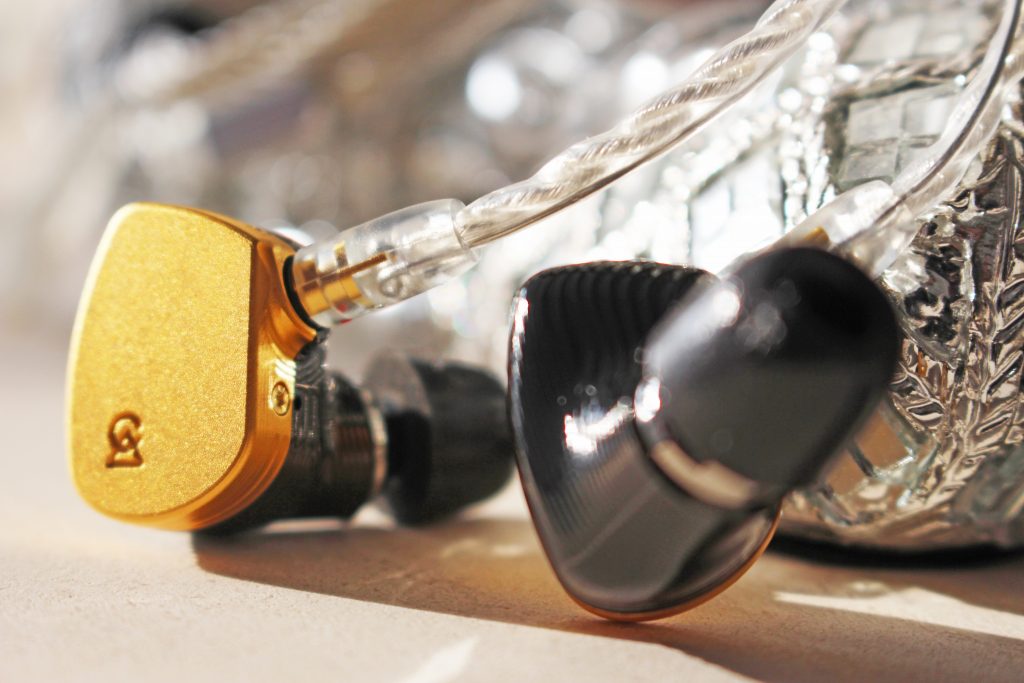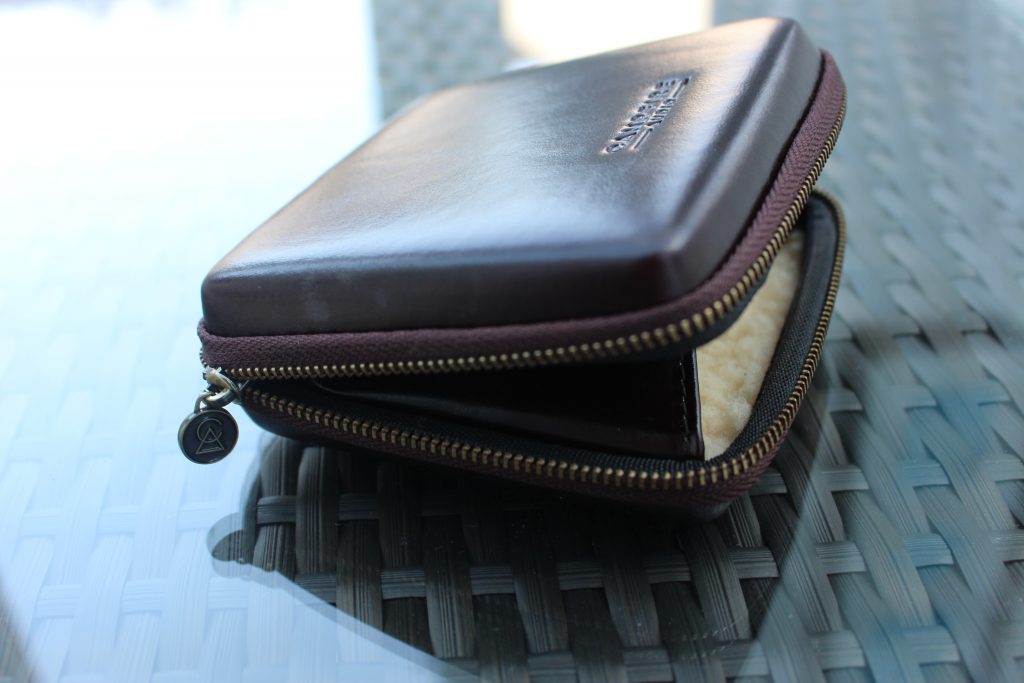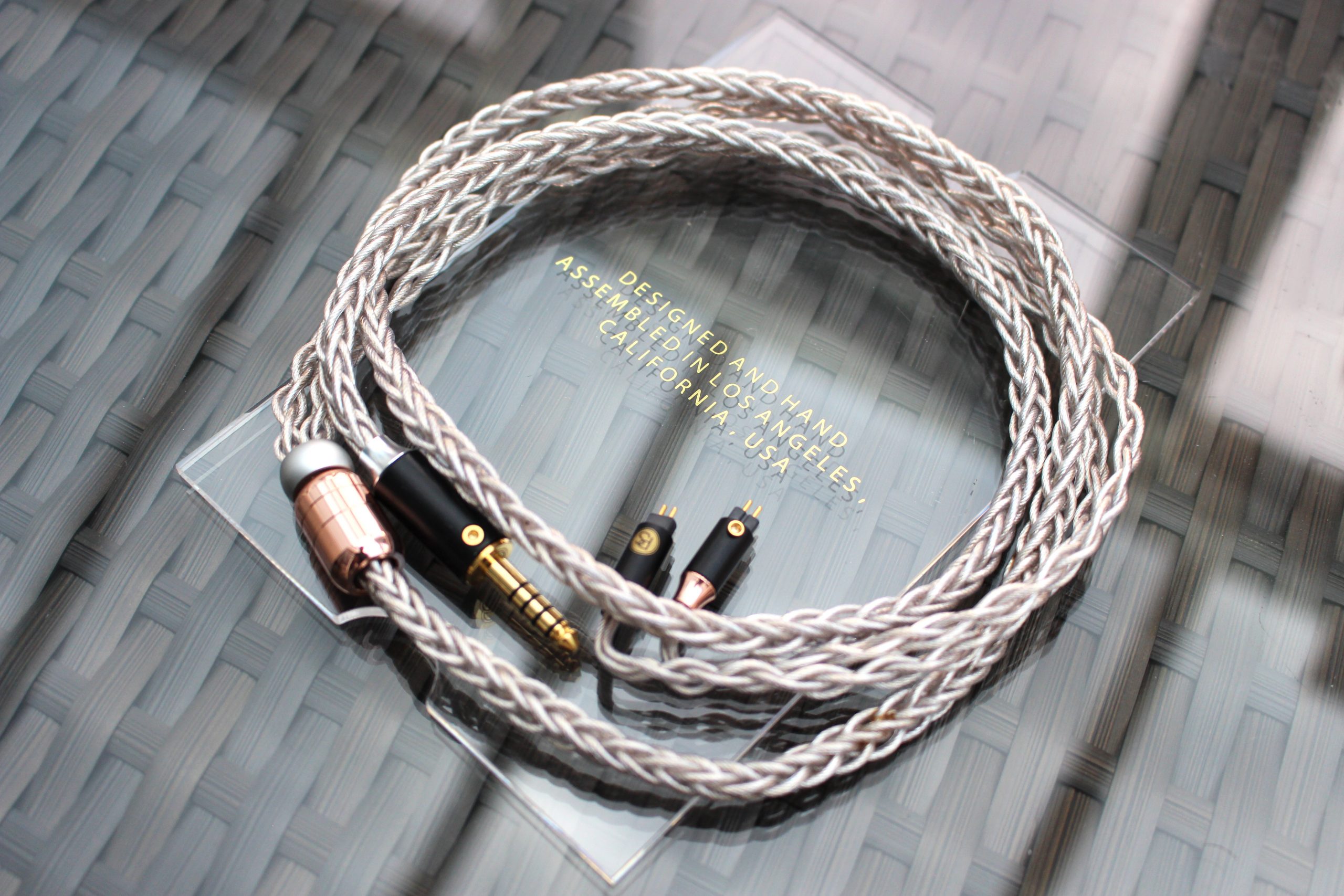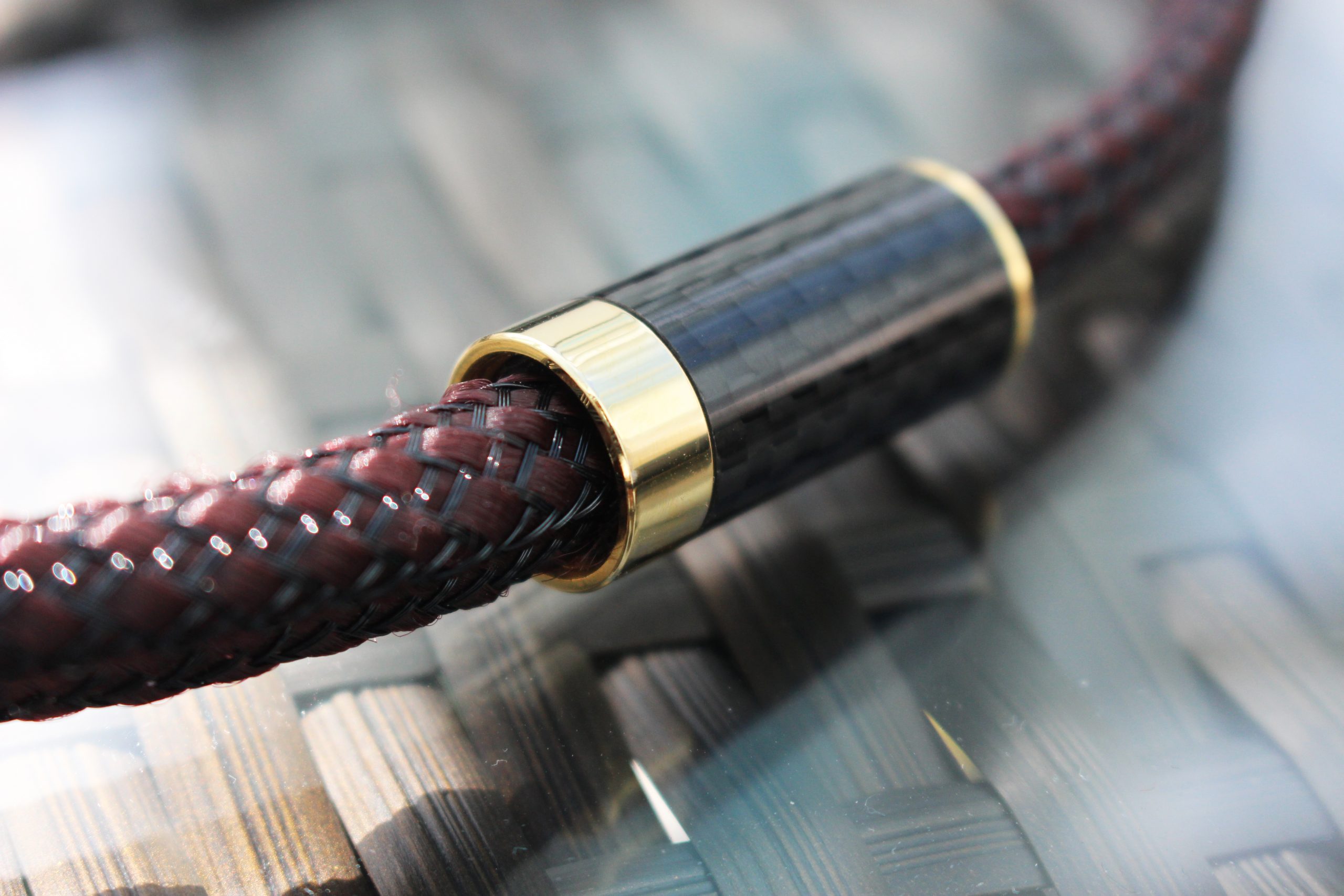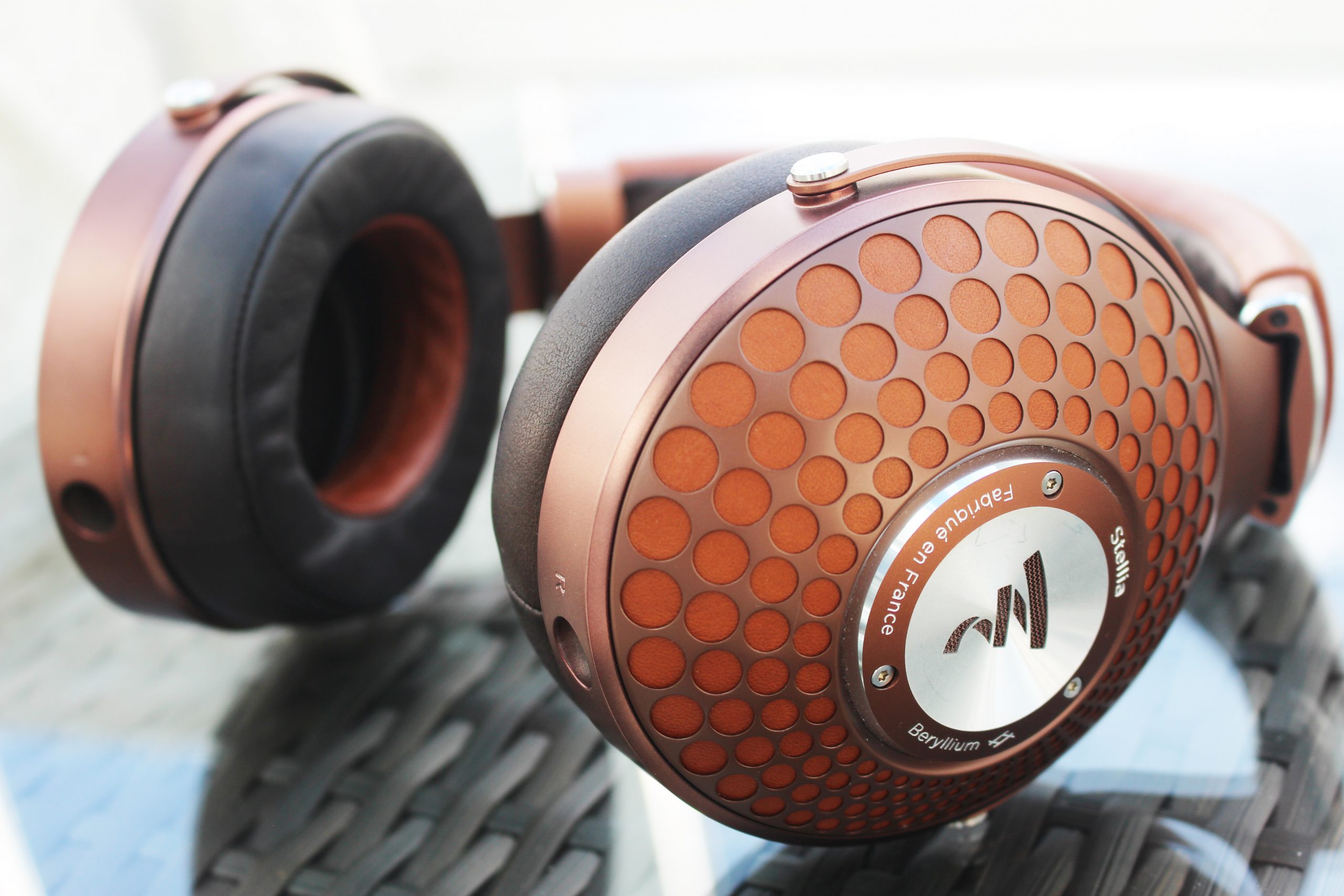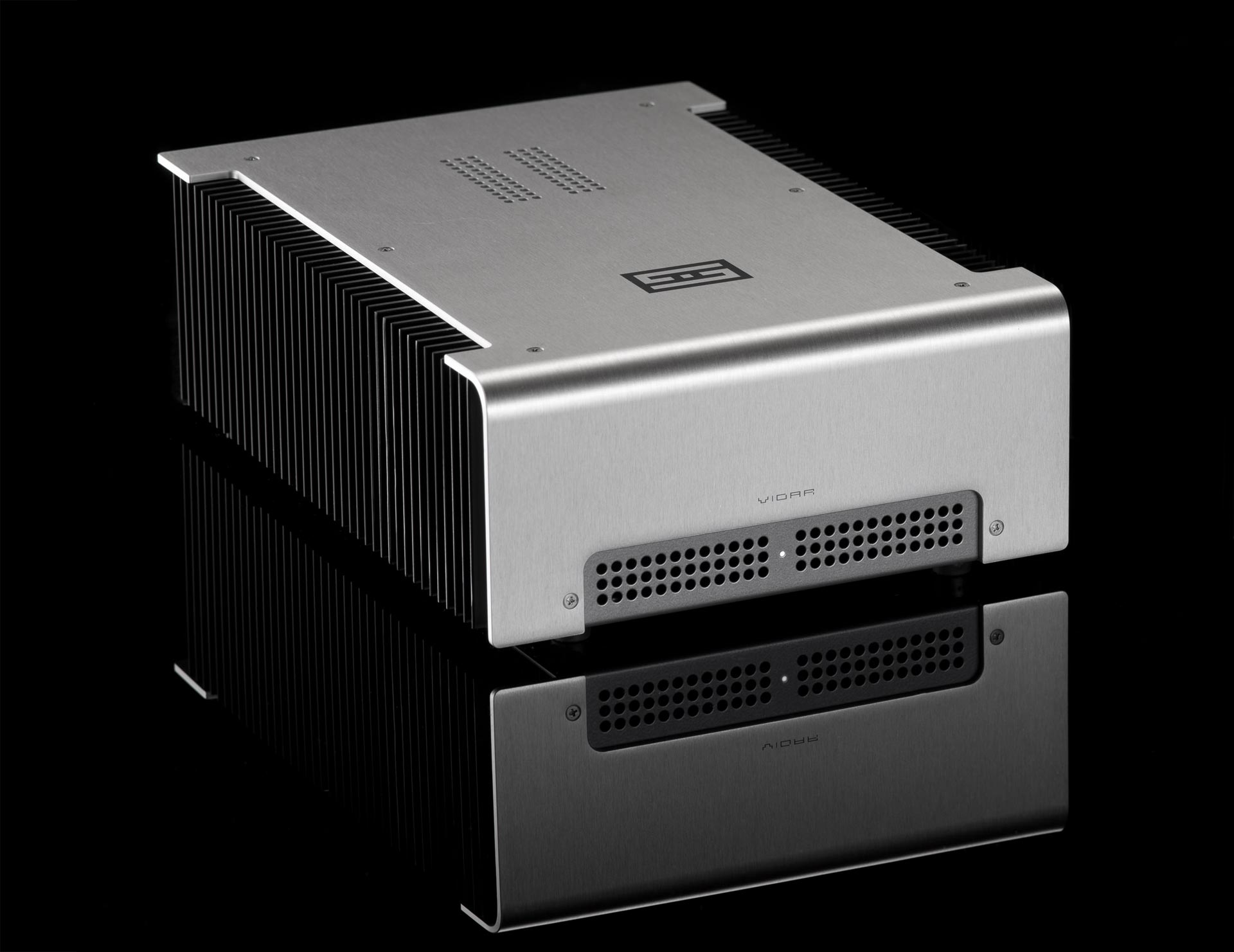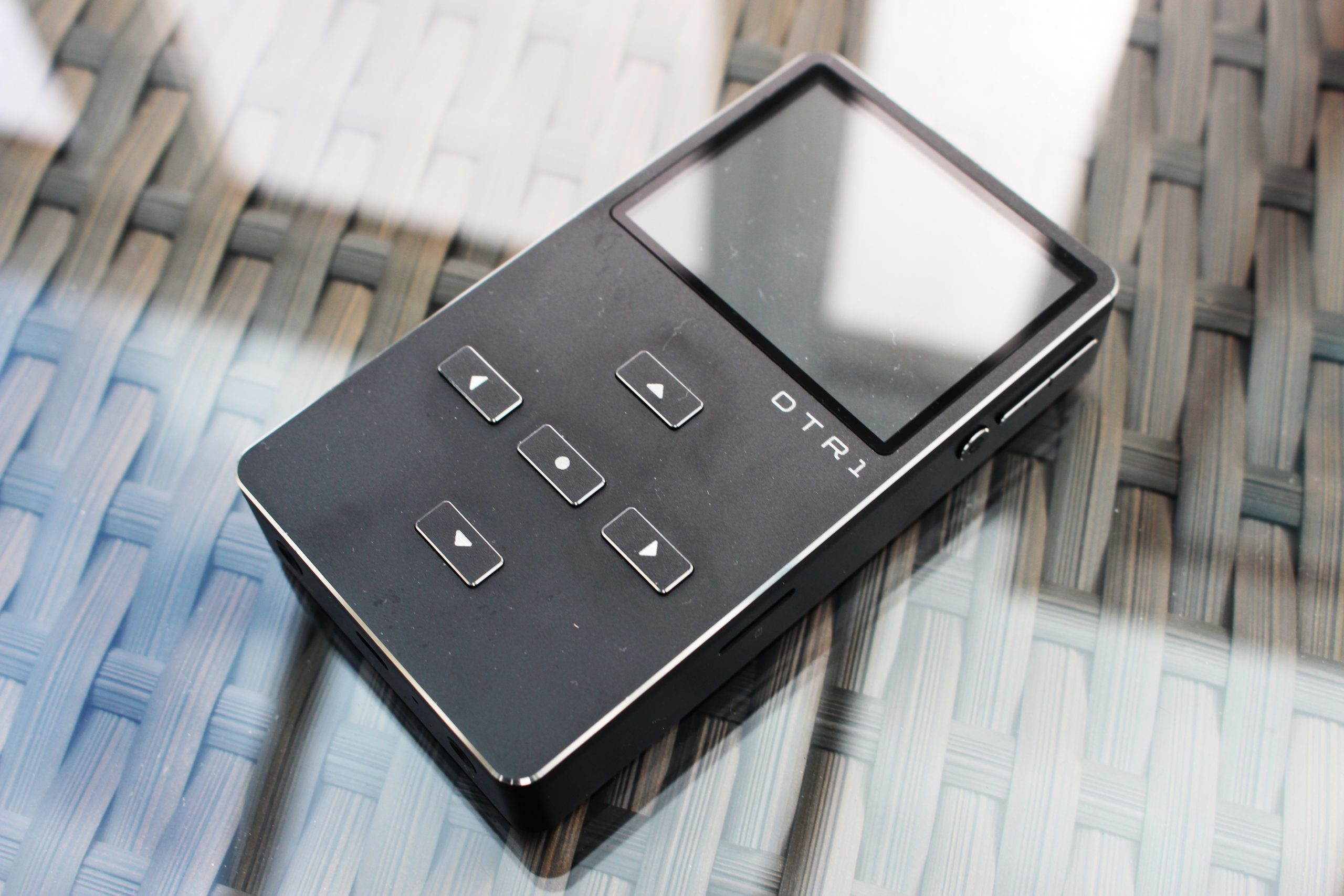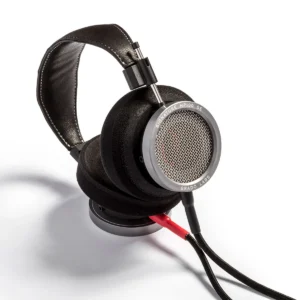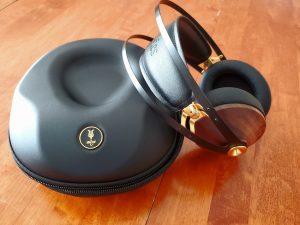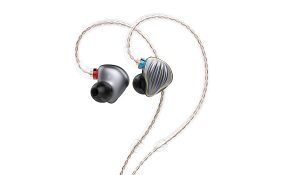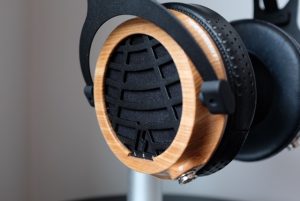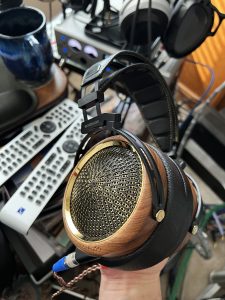Born out of curiosity and experimentation, the Campfire Audio brand have come a long way since the initial release of the well-received Jupiter, Orion, and Lyra earphones. With a keen passion for all things audio, Ken Ball has spent hours of time perfecting releases from rigorous performance testing to tuning iterations. It is thus not surprising that the boutique brand rests on a proud, yet humble collection of accolades and acclaim amongst the audiophile community.
The Solaris, their latest release, represents a culmination of Campfire's experience in the world of portable audio and hi-fidelity sound. At $1499, the quad driver hybrid earphones are by no means cheap, but offer a reasonable investment for those looking for impeccable sound in a durable form factor.
The Packaging
As with all of Campfire Audio's line-up, the company have stuck to a starry-themed compact box which houses the earphones. In the case of the Solaris, the box is dark grey with bursts of gold star-shaped patterns. The result is a very classy look that ties in well with the overall brand theme.
Campfire Audio have also included a large premium leather case with fur interior. The case houses 3 sets of eartips, with Campfire's own silicone single-bore tip, Campfire soft ear tips, and Final Audio E-type tips. Altogether, there are 11 pairs of ear tips, which are more than enough to provide the end user with an appropriate fit.
Also included is a black earphone pouch, cleaning tool, blue user guide, and an interesting Campfire Audio branded broach.
Altogether, Campfire have really gone the extra mile in delivering a kit that does not skimp out on premium accessories. The cables of the Solaris themselves originally retail for $199, which consolidates the earphone's flagship status.
Build & Design
The Solaris adopts a striking design, and in my opinion their finest looking creation to date. With a bounty of smooth lines, the faceplate is made from 24K gold, the body from machined aluminum, and the spout from a stainless steel finish.
While the previous models of Campfire looked more industrial, the Solaris leans closer to Noble Audio's design philosophy, with an avant-garde yet premium quality feel look. The engraved Campfire Audio logo, along with the 'Right' and 'Left' indications on each earphone, are an added touch of luxury.
The connectors are made from the same custom Beryllium Copper as previous models. However, the MMCX connectors look more integrated into the housing of the Solaris than both the Vega and Lyra IEMs.
Driver configuration
As with the Andromedas, the Solaris houses four drivers, but in a hybrid configuration. The Atlas 10mm dynamic driver covers the lows to midsection, a single balanced armature driver covers the midrange, and two custom balanced armature drivers cover the high section. Tubeless Acoustic Expansion Chamber technology has also been employed to work in conjunction with the high frequency range. The TAEC, more on this later, features a 3D printer resonating chamber said to promise more weight at this end of the spectrum.
Cable
Campfire audio have incorporated a new cable made from Super Litz wire into their flagship IEM. The wire is of a dual-braid design, and comes with a silver Y-split and L-shaped 3.5mm jack termination. Overall, the aesthetics of the cable fit nicely with the housings of the earphones, and the Campfire Audio brand.
Fit & Isolation
The housings of the Solaris are larger than all of their previous models to date. The nozzle is designed as such that the body does stick out of the ears more than one would expect. This is fine as long as the right tips are chosen to get a tight seal within the ear canal. For me, the Final Audio ear tips offered the best and right seal, but as with anything, your mileage may vary.
Isolation levels as a result of the minimum insertion were average, but did improve with deeper insertion. Due to the sensitivity of the earphones, loud volumes need not be played to drown out ambient noise levels.
Sound impressions
Lows
Building upon the same driver technology as the Vegas, the Solaris provides an authoritative yet intelligible bass line with great amounts of extension. Decay is on the dime, and there is minimal spill through to higher frequency ranges. In demanding bass tracks such as "Money For Nothing," the Solaris handles the lower frequencies with ease and zero smearing or congestion between upper bass to lower mid territories. What is particularly impressive is that details are not lost on lower volume levels—a trait which the highly resolving DUNU DN-2000J also demonstrates. While not the most impactful or bass note heavy IEM, the sub-bass extension is plentiful in configuration, reaching deep down in James Blake's "Limit To Your Love." The mid and upper bass rest on the neutral side of the scale, which does add a bit of perceived clarity to the lower midrange section. Overall though, the tuning of the Solaris leans towards warmth, owing to the sub-bass extension. Compared to 64 Audio's U12, the Solaris delivers spades of detailing without ever sounding bloomy or overly enhanced. Having said that, it is important to provide these earphones with burn-in as the bass does significantly improve from the out of box experience.
Mids
The midrange of the Solaris rests nicely within the rest of the frequency range. It is smooth and detailed while also retaining a sense of air. This is perhaps owing to a recession in the lower midrange from the 3 to 4K territories. While never distant sounding, the midrange is certainly engaging and provides plenty of micro-detail, dynamism, and stereo separation. Overall vocal notes are very full-sounding, but still manage to retain good spacing amongst instruments and bass. The sound character leans toward the warmer tone, with lending from the capable bottom end. Compared to Vegas, the Solaris sounds more analytical, while the former offers more musicality, albeit in a less refined tuning. In "I Guess That's Why They Call It The Blues," Elton John's voice soars amongst the piano and backing vocals, revealing a slightly laidback but emotive tone capturing nuances and depth. Similarly, in London Grammar's "Rooting For You," vocals are encapsulating, and demonstrate the best of the Solaris' spacious and revealing sound.
Treble
Akin to the midrange, the higher frequencies are equally smooth and refined. There is great extension owing to the elevated upper treble region which adds a nice sense of height to these earphones. The proprietary Tuned Acoustic Expansion Chamber (TAEC) technology removes the need for sound tubes, and is said to open up the higher frequencies. To this end, the new technology certainly delivers with a light yet shimmery top-end with capable extension.
Soundstage & Imaging
The Solaris offers outstanding soundstage which does not sound artificial or forced. Sonic cues are projected both as wide as they are deep, and there is an excellent sense of separation in the front to back planes. This is achieved by the positioning of the drivers within the large housings of the IEM. In addition, the note size the Solaris presents is large, and fits in with the broader soundstage. Layering is also exceptional, with a clear separation heard between different instruments and vocals within a track. Overall, very impressive.
Tip rolling
Tip rolling does change the sound of the Solaris. For example, the softer foam tips instill a warmer sound tuning, with greater emphasis in the mid to sub-bass territories as well as slightly attenuated highs. This combination is, as a result, more musical, and for those who want a more engaging and bass-driven performance.
The silicone single bore tip invokes a lighter, yet accurate bass, along with slightly more resolute midrange and treble. This combination is slightly more analytical.
The Final E-tips also add a bit of clarity and shimmer to the treble, but as a result of the dual bores, there is slightly more recession to the mids compared to both the silicone bore and foam tips.
Pairings
Matchability
The Solaris comes in at 10 Ohms resistance and a sensitivity of 115dB. Thus, it is a relatively easy IEM to drive, and would work well out a standard smartphone device. However, a more efficient portable DAP would work wonders for this in-ear monitor.
Conclusion
Overall then, Campfire Audio have outdone themselves with the craftsmanship, solid aesthetics, and fantastic sound quality of the Solaris. The hybrid IEM produces a cohesive sound, which draws on the brand's many years of audio experience. In addition, the flagship IEM offers an open sound with high levels of resolution and detail without ever sounding clinical. It is also nice to see the premium level of accessories included with the Solaris, which fits in with its flagship status. Unlike many other brands, Campfire Audio have always pushed the envelope, and constantly are redefining the standards in the world of portable audio. With an IEM to match, the $1499 Solaris represents a significant, but recommended investment for those wishing for top quality sound in a top quality form factor.
Solaris IEM
Retail: $1499
Campfire Audio




